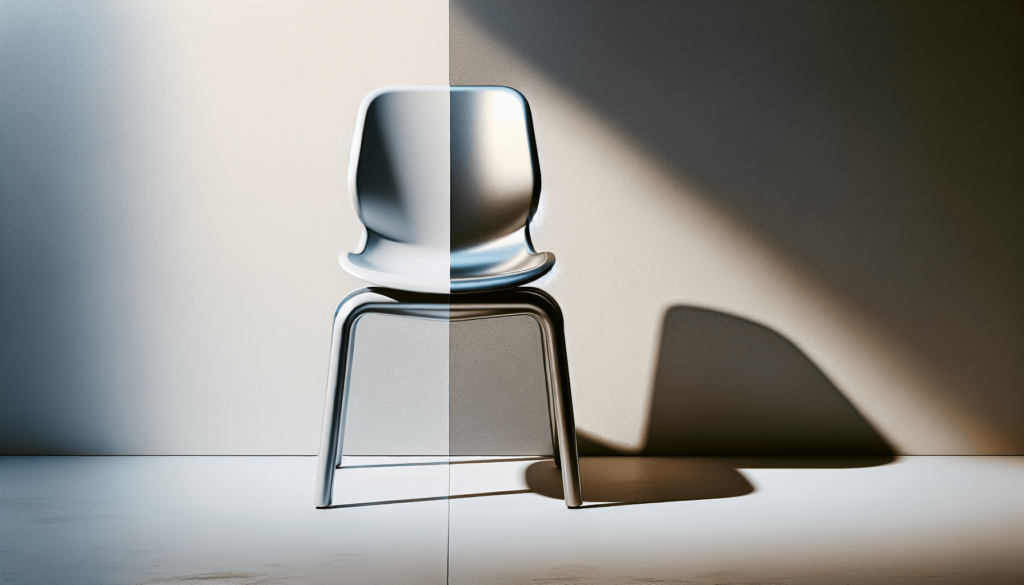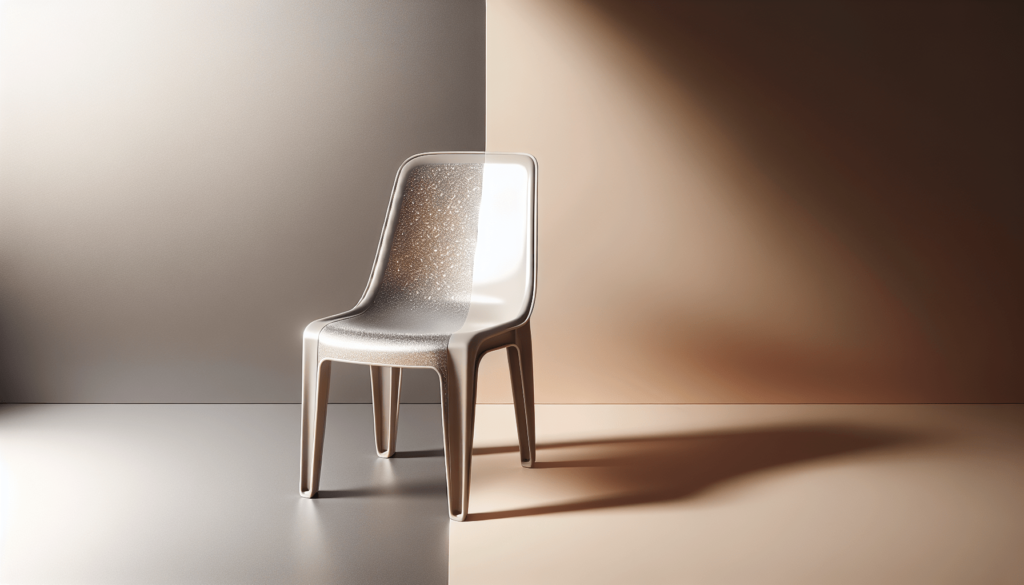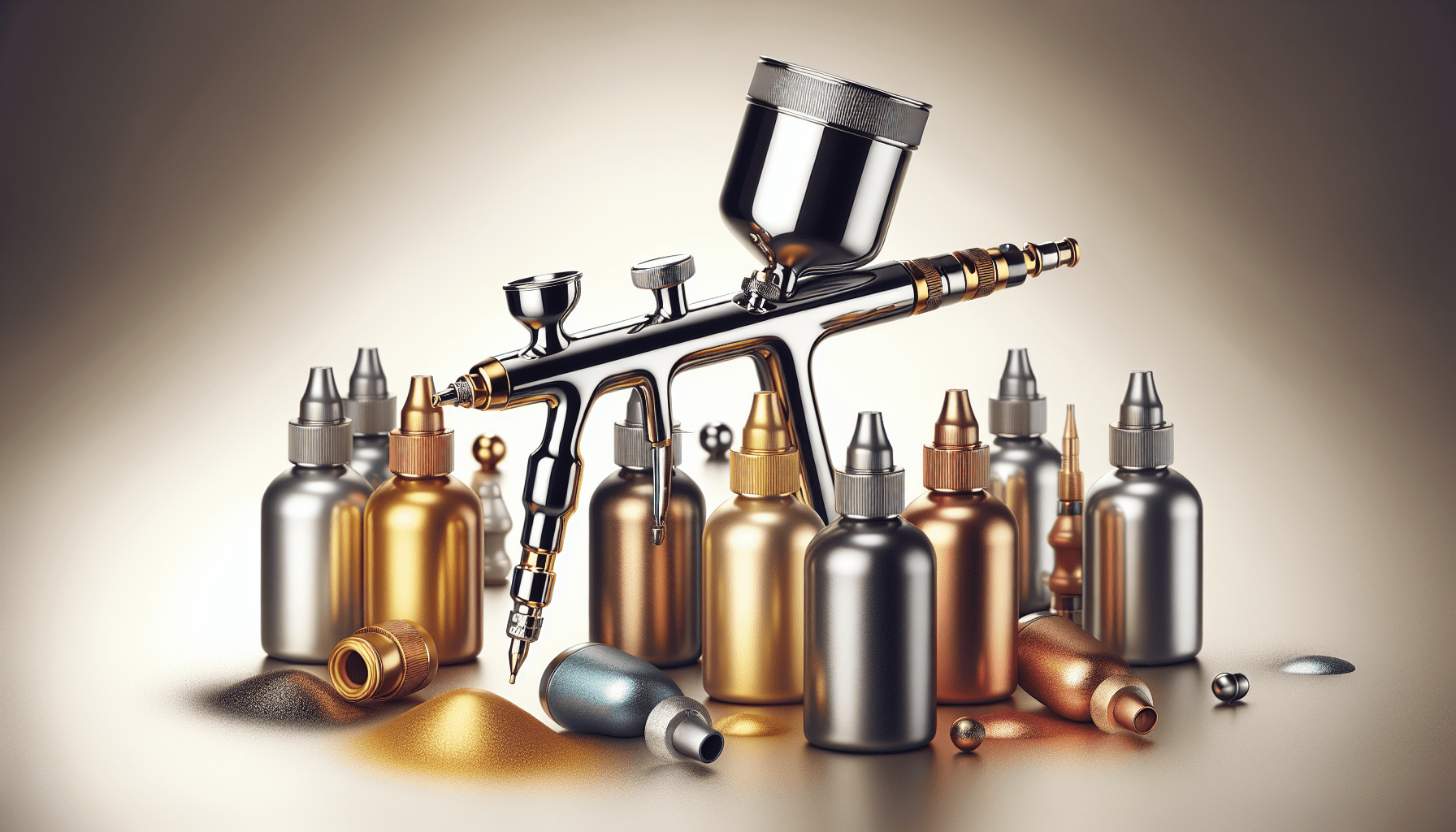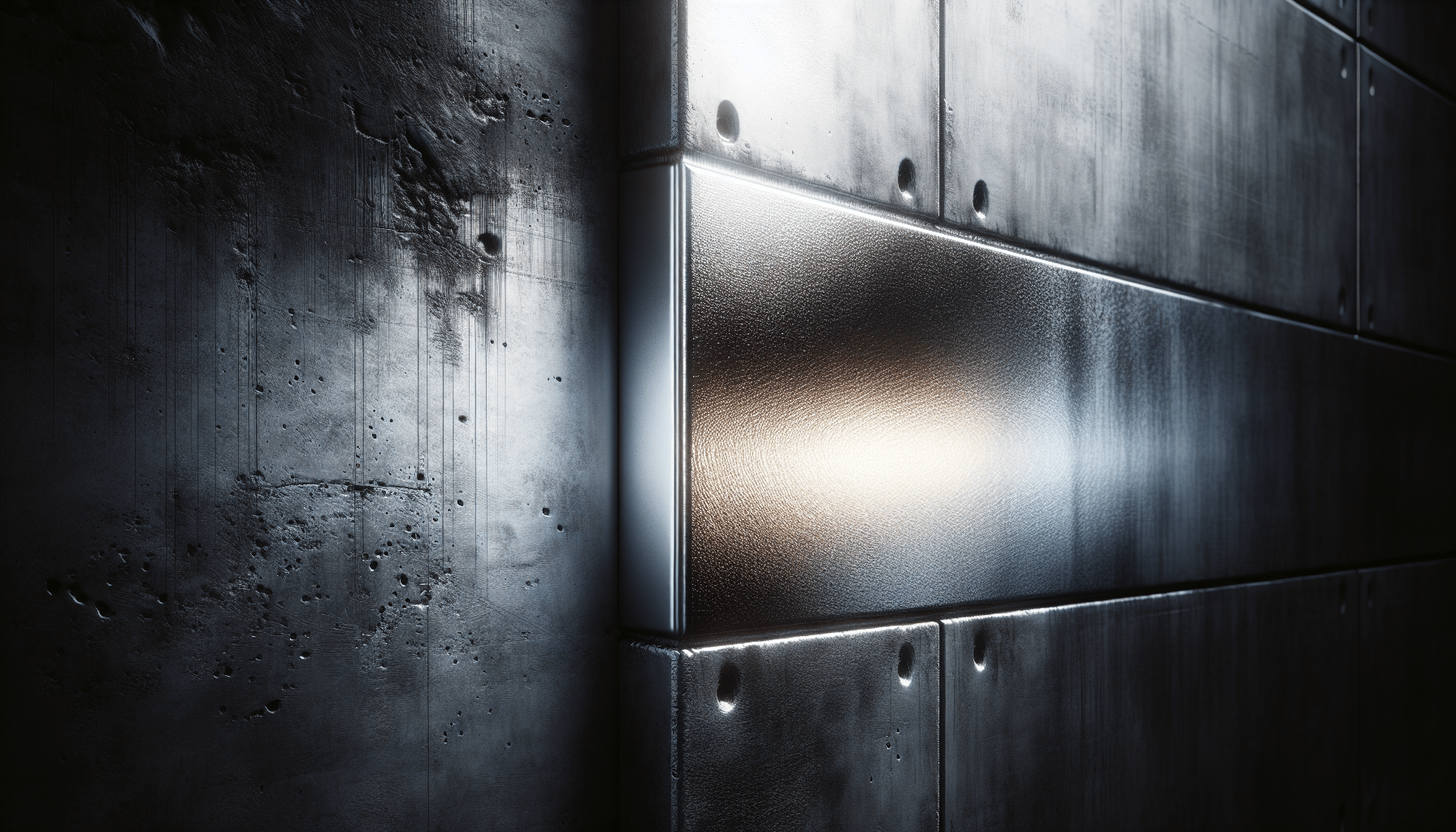Have you ever wondered if metallic paint can be used on plastic surfaces? This question arises often among DIY enthusiasts, hobbyists, and professionals alike. The answer isn’t straightforward and involves several considerations. In this detailed article, we will investigate whether you can use metallic paint on plastic, the preparations involved, the techniques required, and the potential outcomes. Understanding these factors will enable you to make an informed decision and achieve the best results for your project.

What Is Metallic Paint?
Metallic paint contains fine metallic particles that give a shimmering effect. These particles are typically made from aluminum and can create various finishes ranging from smooth gloss to textured sparkle. The reflective properties of these metallic particles add depth and dimension to surfaces, making them popular for automotive finishes and decorative items.
Types of Metallic Paint
There are several types of metallic paint, each with specific properties and applications. Understanding the different types can help you choose the right one for your project.
| Type | Characteristics | Use Cases |
|---|---|---|
| Acrylic | Water-based, easy to clean, non-toxic | Crafts, interior decor |
| Enamel | Oil-based, durable, glossy finish | Automotive, outdoor furniture |
| Spray Paint | Aerosol can, quick application | Small to medium-sized objects |
| Two-Part Epoxy | Highly durable, chemical resistant | Industrial applications, high-traffic areas |
Why Use Metallic Paint?
Metallic paint offers aesthetic appeal and added durability. Its reflective finish can accentuate design features, making it a popular choice for highlights, trims, and detailed artistry.
Preparing Plastic for Painting
Before applying metallic paint on plastic, preparation is key. Plastic surfaces are non-porous, making it challenging for paint to adhere properly. Here’s how to prepare plastic effectively:
Cleaning the Surface
The first step involves cleaning the plastic surface to remove any dirt, grease, or impurities. Use mild soap and water or a specialized plastic cleaner. Once cleaned, allow the plastic to dry completely.
Sanding
Sanding the plastic surface provides a key for the paint to adhere better. Use a fine-grit sandpaper (220 to 400 grit) to lightly abrade the surface. Sand evenly to avoid creating deep scratches.
Priming
Applying a primer specifically designed for plastic can enhance adhesion and provide a uniform base for the metallic paint. Many primers are available, including spray cans that offer quick and even coverage.
Choosing the Right Metallic Paint for Plastic
Selecting the appropriate type of metallic paint is crucial for achieving a long-lasting finish. Several options cater to different needs and surfaces.
Acrylic vs. Enamel
Both acrylic and enamel metallic paints can be used on plastic, but they differ in composition and characteristics.
| Feature | Acrylic | Enamel |
|---|---|---|
| Base | Water-based | Oil-based |
| Durability | Moderate | High |
| Drying Time | Fast | Slow |
| Cleaning | Soap and water | Solvent-based |
| Finish Options | Matte, semi-gloss, gloss | High gloss, smooth |
Acrylic paints are generally easier to work with and clean, while enamel paints offer a smoother and more durable finish.
Spray Paints
Spray paints provide a convenient and efficient method for applying metallic paint to plastic. They offer even coverage and come in various finishes. Ensure the spray paint is labeled suitable for plastic to avoid peeling and chipping.
Two-Part Epoxies
Two-part epoxies offer unmatched durability and are chemical resistant, making them ideal for high-traffic areas or industrial use. However, they require precise mixing and application techniques.
Painting Techniques
Achieving the perfect metallic finish on plastic involves specific techniques and careful application.
Priming
Apply primer evenly using a spray can or brush, ensuring full coverage. Allow the primer to dry according to the manufacturer’s instructions before proceeding to the next step.
Base Coat
For best results, applying a base coat before the metallic paint can provide better coverage and color accuracy. A base coat in a similar shade to the metallic paint is recommended.
Metallic Paint Application
When applying metallic paint, use light, even strokes. Multiple thin layers are better than one thick layer to avoid drips and uneven coverage.
Sealing
A clear topcoat can protect the metallic finish from wear and tear. Both acrylic and enamel topcoats are available, and the choice depends on the type of metallic paint used.

Challenges and Solutions
Using metallic paint on plastic presents some challenges, but understanding and addressing these can lead to successful outcomes.
Adhesion Issues
Plastic’s non-porous nature can hinder paint adhesion. Using a plastic-specific primer and properly sanding the surface can significantly improve paint adherence.
Drips and Runs
Metallic paint tends to show imperfections more than standard paints. Applying thin, even coats can prevent drips and runs. Maintaining an optimal spray distance (usually 6-12 inches) while using spray paint also helps.
Drying Time
Metallic paints, especially enamel-based ones, can have longer drying times. Ensure adequate drying time between coats to avoid tacky finishes and smudging.
| Challenges | Solutions |
|---|---|
| Poor Adhesion | Use plastic-specific primer, sand surface |
| Drips and Runs | Apply thin, even coats, maintain proper distance |
| Long Drying Time | Allow ample drying time between coats |
Common Applications
Metallic paint on plastic can be used across various applications. Understanding where and how to utilize it can help you achieve professional results.
Automotive Applications
Metallic paint is popular in the automotive industry for both aesthetic and protective purposes. Plastic parts like bumpers, trims, and interior components can benefit from a metallic finish.
Household Items
From picture frames to decorative containers, metallic paint can transform ordinary household items into stylish decor pieces.
Hobby and Crafts
Model makers and artists often use metallic paint to add realistic and eye-catching details to their creations. Ensuring proper application to plastic models is crucial to avoid paint chipping.
Industrial Uses
In industrial settings, metallic paint can provide a durable and visually appealing finish to plastic components subjected to heavy use or exposure to harsh conditions.
Safety Considerations
When working with metallic paint, safety should always be a top priority. Follow these guidelines to ensure a safe painting process:
Ventilation
Always work in a well-ventilated area to avoid inhaling fumes. If working indoors, use fans or open windows to improve air circulation.
Personal Protective Equipment
Wearing appropriate personal protective equipment (PPE) such as gloves, masks, and safety goggles can protect you from harmful chemicals and particles.
Safe Handling and Storage
Store paints and related chemicals in a cool, dry place away from heat sources and out of the reach of children and pets. Follow the manufacturer’s guidelines for disposal and handling of used materials and containers.
Troubleshooting
Despite your best efforts, you might encounter some issues while using metallic paint on plastic. Here are common issues and solutions:
Peeling Paint
Peeling can occur if the surface wasn’t properly prepared or if incompatible products were used. Sand down the peeling area, apply a plastic primer, and repaint with compatible products.
Uneven Finish
An uneven finish usually results from improper application technique. Sand the surface lightly to even out imperfections, apply a base coat if necessary, and reapply the metallic paint in thin, even layers.
Color Mismatch
Color mismatch can be due to inadequate mixing or layering. Always shake the paint well before use and apply a base coat to ensure uniform color.
| Common Issues | Solutions |
|---|---|
| Peeling Paint | Sand, prime, and repaint with compatible products |
| Uneven Finish | Sand surface, apply thin, even layers |
| Color Mismatch | Shake paint well, use a base coat |
FAQs
Is Special Equipment Needed?
While special equipment like spray guns can provide professional finishes, it’s not necessary for smaller projects. Spray cans and brushes designed for metallic paints can suffice.
Can I Use Metallic Paint Outdoors?
Many metallic paints are suitable for outdoor use, provided they are sealed with a weather-resistant topcoat. Always check the manufacturer’s recommendations.
How Do I Clean Tools After Use?
Cleaning tools depends on the type of paint used. Acrylic paints can be cleaned with soap and water, while enamel paints require solvents like mineral spirits.
Can I Mix Metallic Paint With Other Types?
It’s generally not recommended to mix metallic paint with non-metallic types as it might affect the finish and adhesion properties. Always test a small area if you decide to mix different paints.
Conclusion
Using metallic paint on plastic requires careful preparation, the right choice of materials, and proper application techniques. By following the guidelines outlined in this article, you can achieve a stunning, durable metallic finish on plastic surfaces. Whether you’re undertaking a small craft project or a larger decorative endeavor, the knowledge provided here will arm you with the tools needed for success. Remember, patience and attention to detail are key to achieving the best results.



